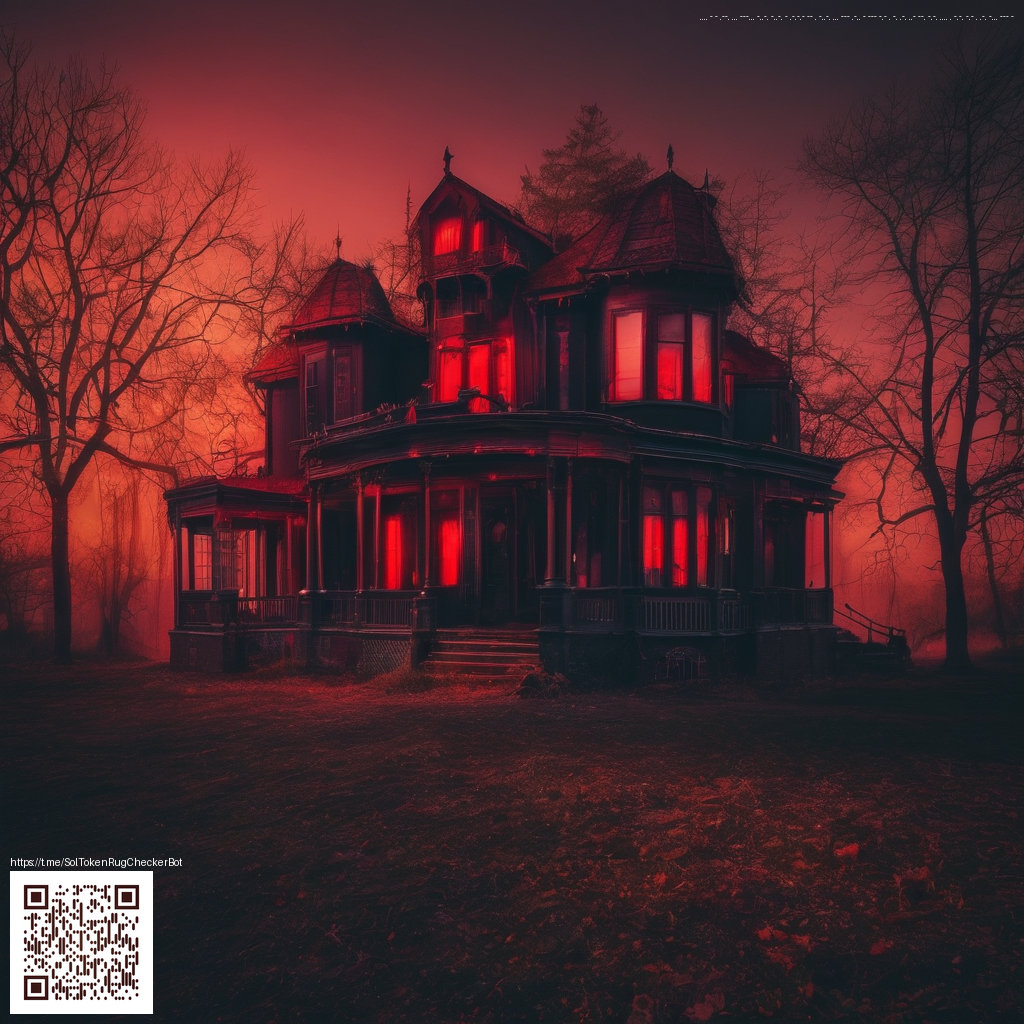
Development hurdles in a bullet hell classic
In the early days of a bold roguelike shooter the team chased an idea that felt fresh yet daunting. Enter the Gungeon demanded rapid iteration on gun play, item synergies and relentless enemy density. The challenge was not just making each run feel distinct but preserving a sense of progress while never letting the difficulty cross into frustration. The result became a testament to balancing acts under pressure, where design intent meets production reality with real world constraints 🎮
From rough prototypes to polished gameplay, the journey spanned years of updates and refinements. The studio pushed through the kind of decision making that only appears when a project aims to reinvent a familiar genre. Resource limits, evolving tech, and the desire to keep every run unpredictable all contributed to a tight creative cycle that shaped the final product you remember on release days. The core loop stayed clean a player could grasp quickly yet would continually uncover new twists as they explored the dungeon floors.
Patch history that shaped the game dynamic
The game grew with a steady stream of content updates between 2017 and 2019. Those patches introduced fresh weapons, new rooms and inventive run altering mechanics. A standout moment was the big expansion style update known as Advanced Gungeons and Dragons that reassessed how items interacted with one another and with player choices. These updates kept the game feeling alive long after its launch and gave players a reason to return with every major balance pass 🔥
Developers also balanced a curious tension between expanding the possibility space and preserving the core feel of a roguelike that rewards skill and experimentation. The community embraced these changes with enthusiasm, turning each patch into a conversation about how far the gungeon can bend before it breaks. It is this ongoing dialogue that kept the experience fresh while still honoring the original design philosophy 🧠
“The more interesting stuff we added in the more difficult it became to add anything else without things breaking.”
That sentiment captures a key truth from the production phase. Every new weapon or relic could cascade into unforeseen interactions. The team faced a perpetual sprint to ensure new content felt meaningful rather than speculative, a balance that defines successful roguelikes. Even as the project evolved, the aim remained clear to preserve the tactile feel of firing and dodging while expanding the strategic canvas available to players.
The balancing act extended to weapon variety and synergy networks. Dozens of firearms with unique reloads, ammo types and special effects demanded careful testing and tuning. Designers sought moments of discovery where a player could chain a clever combination into a powerful sequence. The result was a playground where skillful execution plus smart risk taking produced genuinely satisfying outcomes as you fought your way through the Gungeon corridors 🕹️
Production realities and team dynamics
Smaller teams with ambitious goals mean every feature carries a price tag in QA time and stability. The need to ship updates that actually felt distinct forced creative compromises. The drive to add content clashed with the risk of destabilizing existing systems. That tension is a common thread in indie development where passion meets practical limits, and it is precisely what helped shape the game into a durable and beloved experience.
Industry conversations around the title also touch on the lifecycle of indie teams. As updates piled up, the scope of what could be added without breaking existing work shrank. The experience provided a case study in how to manage scope while remaining faithful to the game’s core identity. It is a reminder that progress in a creative project often unfolds through patient, sometimes stubborn, iterative work 🧭
Community voices and a thriving modding culture
The player base did more than provide feedback. A vibrant modding ecosystem grew around the game, with fans experimenting with run modifiers, new challenges and fan organized events. This culture kept the title relevant beyond official updates and offered a steady stream of fresh ideas for future iterations. Modders became a kind of extended development partner, highlighting what players most want when they push a game into the realm of repeatable replayability 🎨
Community experimentation also fed into official design thinking. Observing how players exploited certain weapon synergies or explored unusual paths helped guides refine balance and pacing. It is a prime example of how community and developer goals can align when the ecosystem values creative risk and playful experimentation as much as flawless performance.
Developer perspectives and lessons learned
Interviews and post mortems from the studio highlight a clear focus on meaningful progression over hollow rewards. The team emphasized that roguelikes should reward skillful play and deliberate choice rather than simple accumulation. This philosophy guided major updates and set a template for subsequent projects, as designers sought to preserve a sense of player agency even as the dungeon grew denser with content. The dialogue between creators and players proved essential in maintaining momentum and trust through the games life cycle 🎯
Looking ahead, industry watchers continue to note how the project carved a path for other ambitious roguelikes. The balance between engine constraints, content size and the need for robust QA remains a recurring theme in development stories. The game’s enduring popularity stands as proof that thoughtful, well timed updates can extend a title life well beyond its initial release window.
For readers who want to grab a stylish accessory while thinking about game design, check out a product that blends cyberpunk flair with everyday utility. It’s a playful reminder that the culture surrounding a game can extend far beyond the screen, into the real world where fans connect over shared passions 🎮
Cyberpunk Neon Card Holder Phone Case MagSafe